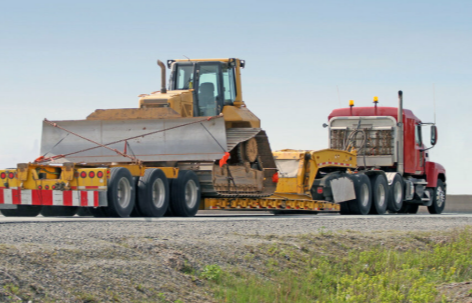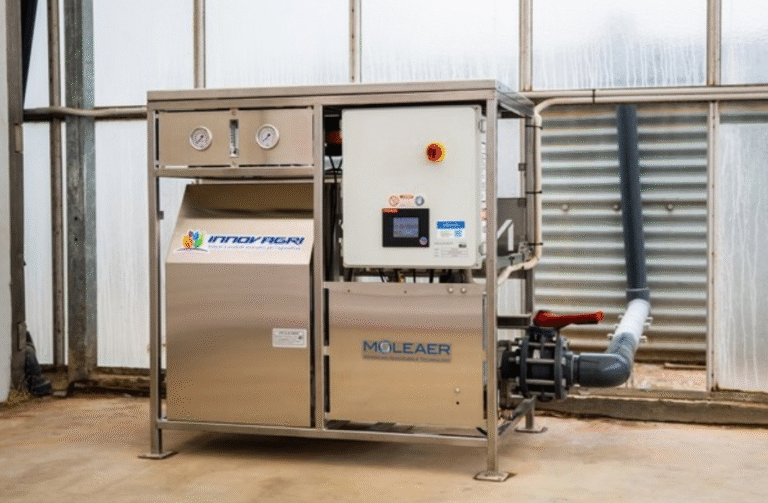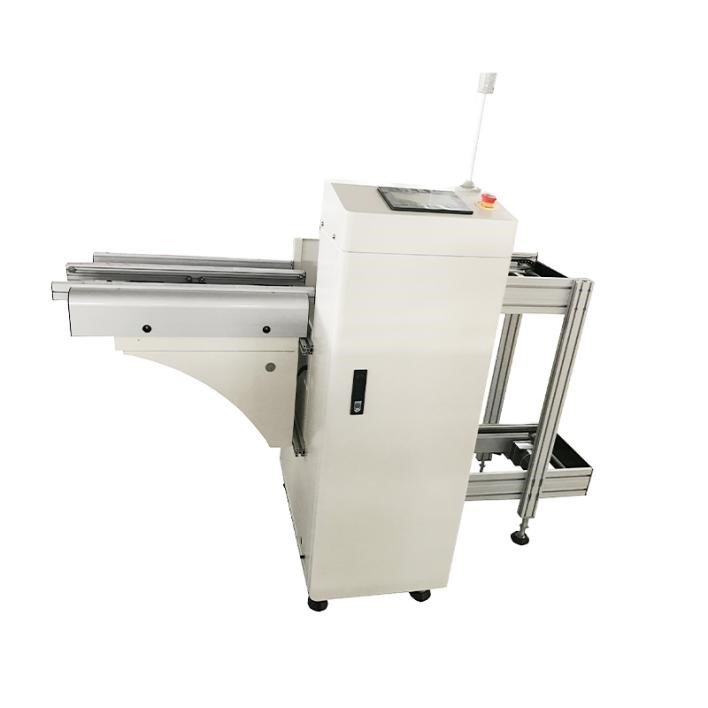Key Factors to Consider for Heavy Equipment Hauling
Transporting heavy equipment requires a strategic approach to ensure a smooth and secure process. With machinery often weighing thousands of pounds and varying in size, there’s no room for error. Whether you’re handling construction equipment, agricultural machinery, or industrial components, understanding the critical factors can save time, minimize risk, and avoid costly mistakes.
Below, we explore the key considerations for heavy equipment hauling to help you plan each move effectively.
1. Assess the Cargo and Equipment
The first step in any heavy haul project is understanding the specific equipment being transported. It’s crucial to determine the weight, dimensions, and shape of each item. This information directly impacts the type of trailer and loading techniques best suited to the job.
Oversized machinery, such as excavators or cranes, may require specialized transport equipment. Similarly, compact yet heavy items demand trailers with the appropriate weight capacity. Consider elements such as whether your cargo has protruding parts or requires dismantling for safe transportation.
2. Choose the Right Trailer
The choice of trailer defines the efficiency and safety of your operation. Flatbed trailers, step-decks, and lowboy gooseneck trailers are popular options in heavy equipment hauling. Their specific configurations cater to unique transportation needs.
For instance, if you need to transport extremely tall equipment, lowboy gooseneck trailers are often preferred. With their lowered deck height, they allow for safe transport under bridges and overpasses. Carefully match the type of trailer to your equipment’s weight and dimensions for a stable and compliant haul.
3. Understand Legal Requirements
Hauling heavy equipment often requires compliance with various regulations. Every state or country has specific rules that dictate weight limits, operating hours, and travel routes for oversized loads. For loads exceeding standard weight or size restrictions, additional permits are usually necessary.
Failing to account for these legal considerations can lead to fines, delays, or worse, unsafe transport conditions. Researching local guidelines or consulting logistics experts ensures your haul remains legal and seamless.
4. Proper Weight Distribution
Improper weight distribution can lead to serious issues while on the road. Uneven loads can destabilize the trailer, resulting in accidents or vehicular damage. To prevent mishaps, distribute weight evenly across the trailer and ensure it is properly balanced over the axles.
Securing the heaviest parts at the center of the trailer is generally recommended to maintain stability. Take advantage of weight scales to verify distribution, reducing complications during transit.
See Also: Why Your Thyroid Health Matters More Than You Think
5. Secure the Load Correctly
A well-secured load is essential for safe transport. Use high-quality chains, straps, and tie-downs to keep equipment firmly in place during transit. Each piece of machinery should have multiple anchor points to prevent shifts or vibrations, particularly on uneven roads.
Consider the use of edge protectors to prevent straps or chains from damaging the cargo. Double-check the tension frequently and ensure every item aligns with securement regulations to avoid accidents.
6. Analyze the Route
Map out your travel route in advance to avoid complications. It’s important to identify challenges such as low bridges, narrow roads, or weight-restricted zones. Planning a clear and efficient path reduces delays and minimizes risks encountered during the trip.
Additionally, factor in potential weather conditions since heavy rain or strong winds could affect safety. If possible, schedule your haul during favorable weather to maintain control and stability during the drive.
7. Adequate Insurance Coverage
Heavy hauling comes with risks, no matter how thorough the preparation. Ensure you have insurance coverage that adequately protects against potential damages or losses. This shields you from incurring significant costs in the event of an accident, theft, or unforeseen event.
Besides securing your equipment, proper insurance also safeguards public liability, covering damages to surrounding property or other vehicles during transport.
8. Operator and Driver Training
The experience and expertise of the drivers and operators involved in the hauling process cannot be understated. Drivers must understand how to maneuver large trailers safely, especially when navigating tight spaces or making sharp turns. Similarly, operators need proficiency in loading and unloading processes to avoid impacting the equipment’s integrity.
Investing in regular training programs ensures your team stays updated on the latest safety protocols and best practices for heavy equipment hauling.
9. Utilize Advanced Technology
Innovations in technology have transformed the heavy hauling industry. GPS systems and telematics provide real-time data to enhance load security, route planning, and vehicular performance. Advanced monitoring systems can alert operators to potential issues, helping to resolve problems before they escalate.
Adopting reliable technology not only boosts operational efficiency but also enhances safety and accountability throughout the entire process.
Heavy equipment hauling demands attention to detail, strategic planning, and adherence to safety standards. By carefully considering factors like trailer selection, load securement, and legal compliance, you can ensure each haul is completed efficiently and without incident. For those seeking reliable solutions, consulting professionals in transport services or specialized equipment can make all the difference.






